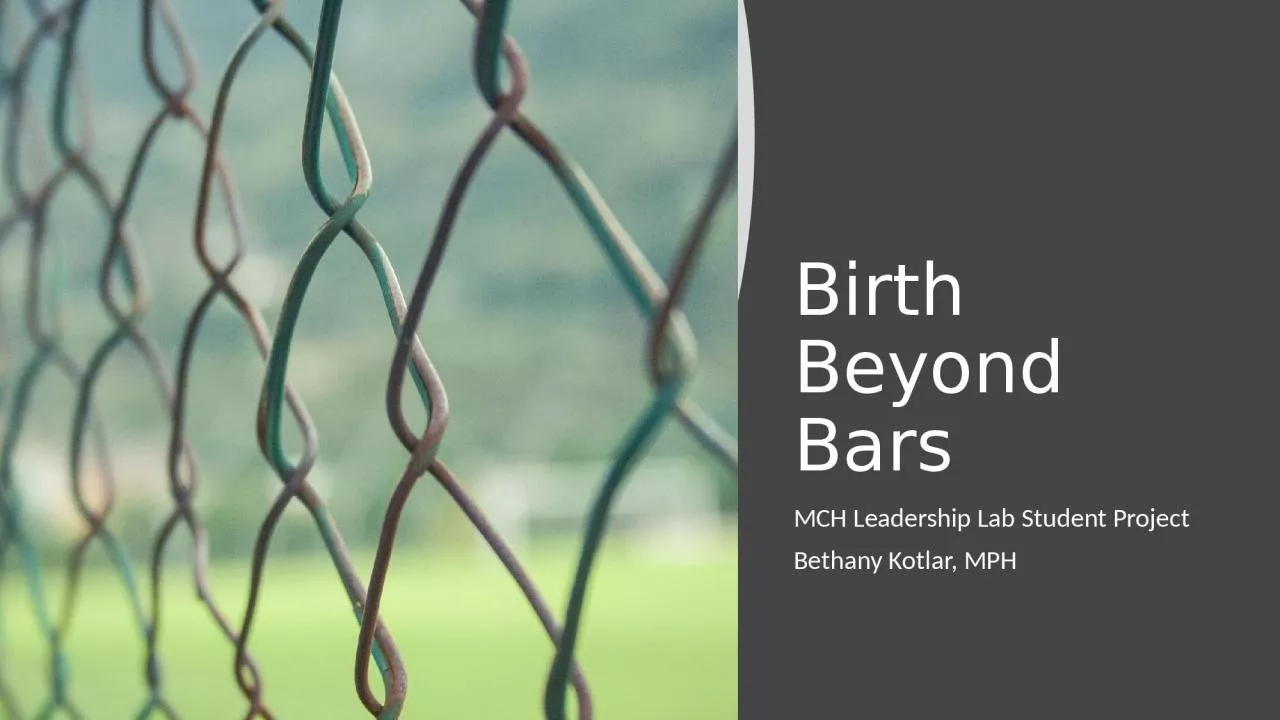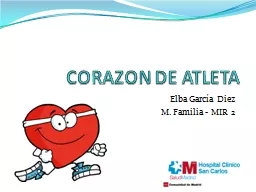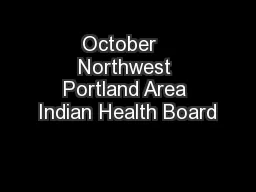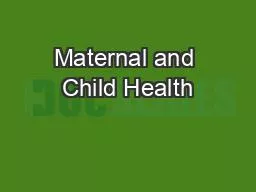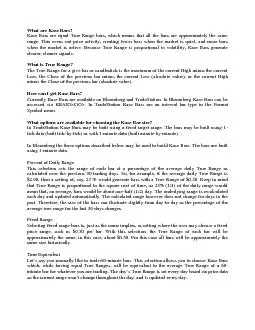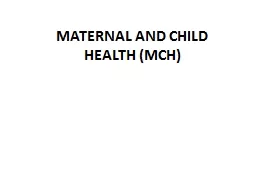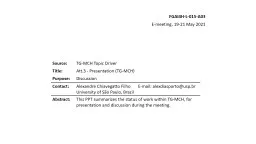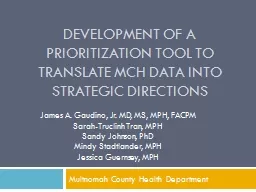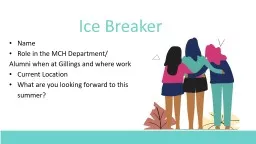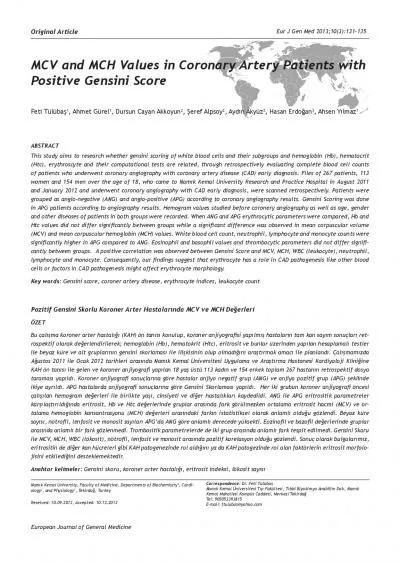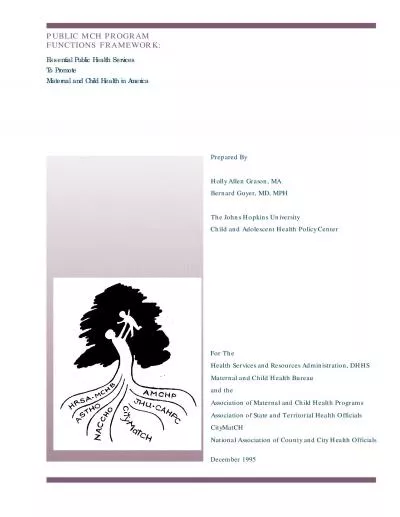PPT-Birth Beyond Bars MCH Leadership Lab Student Project
Author : ceila | Published Date : 2023-11-20
Bethany Kotlar MPH Birth Beyond Bars Cohort Cohort of children exposed to incarceration in prisons in utero their caregivers and their mothers Followup currently
Presentation Embed Code
Download Presentation
Download Presentation The PPT/PDF document "Birth Beyond Bars MCH Leadership Lab Stu..." is the property of its rightful owner. Permission is granted to download and print the materials on this website for personal, non-commercial use only, and to display it on your personal computer provided you do not modify the materials and that you retain all copyright notices contained in the materials. By downloading content from our website, you accept the terms of this agreement.
Birth Beyond Bars MCH Leadership Lab Student Project: Transcript
Download Rules Of Document
"Birth Beyond Bars MCH Leadership Lab Student Project"The content belongs to its owner. You may download and print it for personal use, without modification, and keep all copyright notices. By downloading, you agree to these terms.
Related Documents

